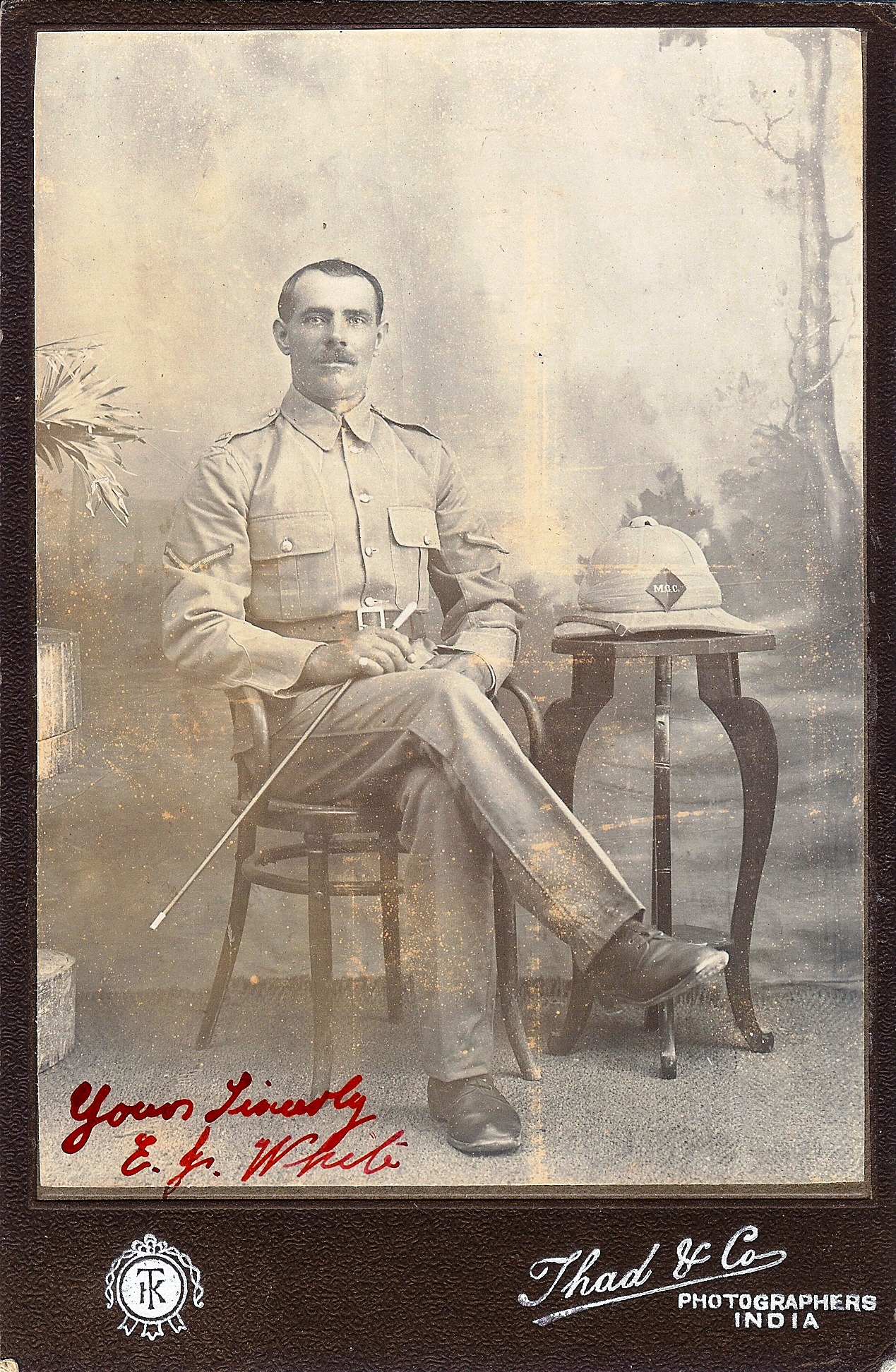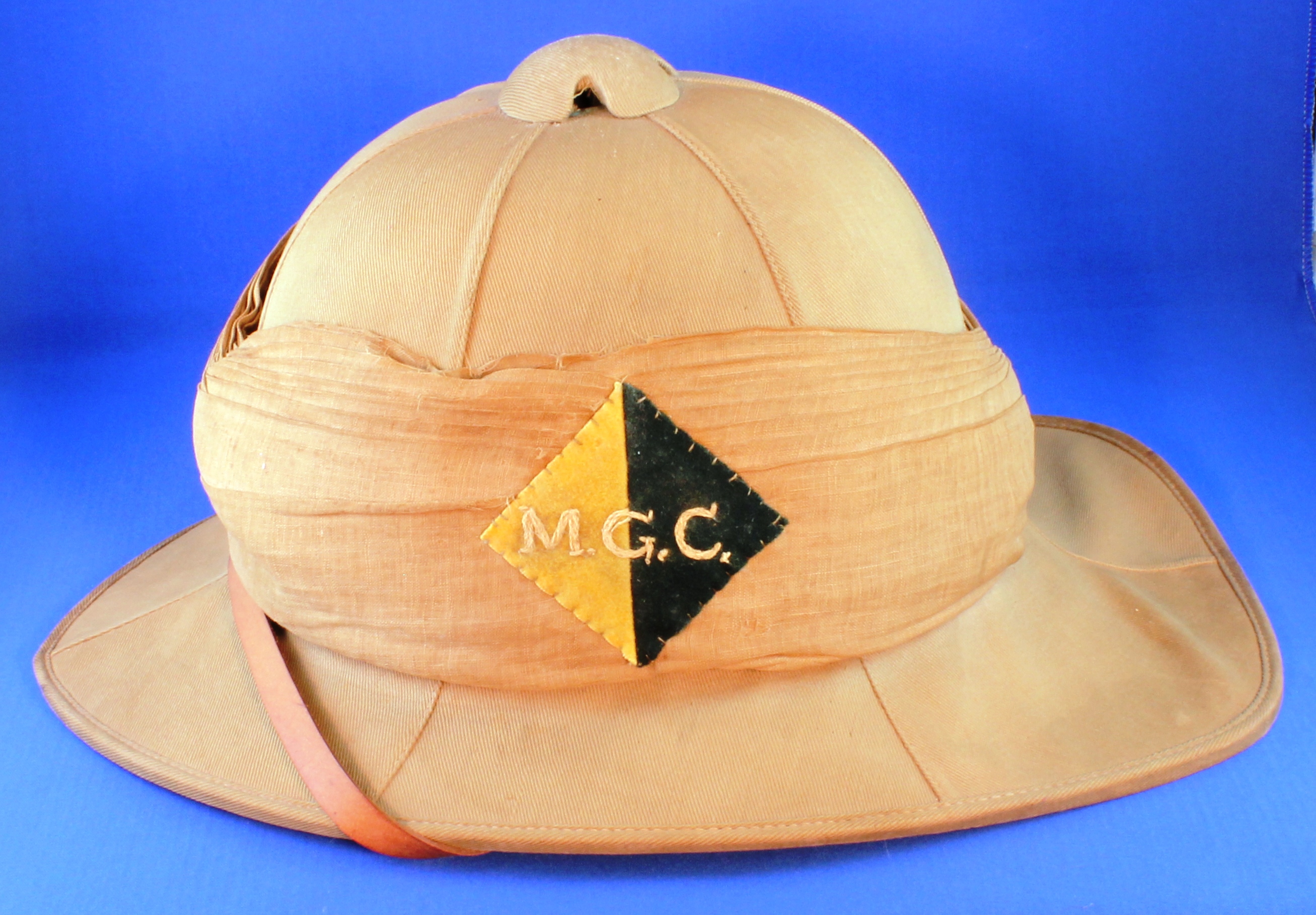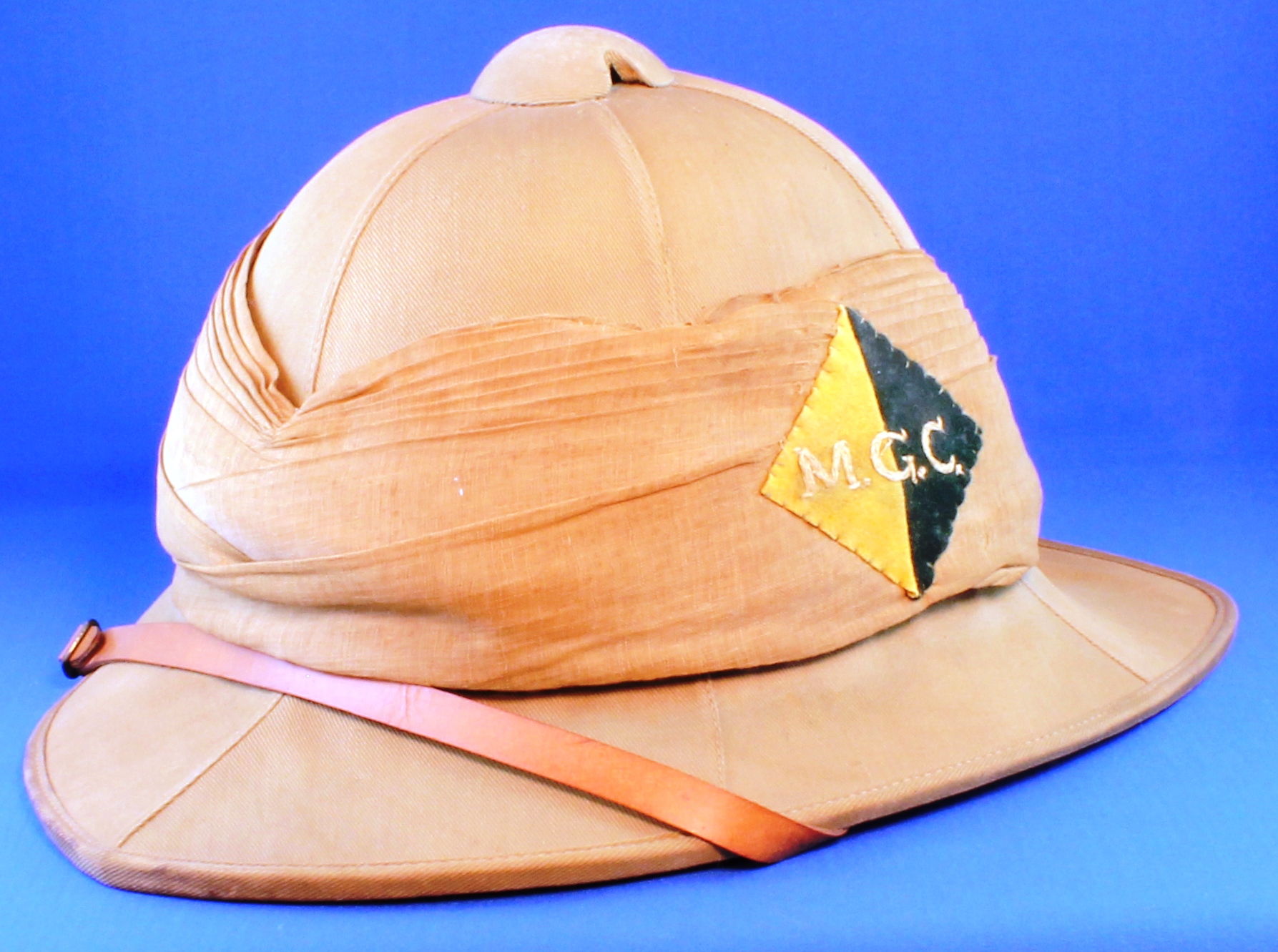The machine gun played a major role in the First World War, and it could be argued that one of the reasons the war on the Western Front turned into a stalemate was that the rapid fire machine gun made a maneuver virtually impossible. The machine gun was thus responsible for the trench warfare that ensued as soldiers “dug in” as each side blasted away at one another.
Ironically perhaps the same gun that created this situation was considered to be the solution. The British Army formed the Machine Gun Crops (MGC) in October 1915 in response to the need for more effective use of machine guns.
When the war broke out machine guns were actually provided to each infantry battalion and cavalry regiment – and just two guns per unit. This was supplemented in November 1914 as the British Army began to take up defensive positions by the Motor Machine Gun Service (MMGS), which was administered by the Royal Artillery. This included motorcycle mounted machine gun batteries, but less than a year later it was decided that to be more effective machine guns had to be used in larger units and crewed by specially trained soldiers.
From this the Machine Gun Corps was born, with Infantry, Cavalry and Motor branches. The unit was first dispatched to the Western Front, but a year later a Heavy Branch was also created. A depot and training centre was created at Belton Park in Grantham, Lincolnshire.
The Infantry Branch remained the largest of these, and these were grouped into Brigade Machine Gun Companies, three per division. As the role of the machine gun was reconsidered a fourth company was added to each division in 1917, and in 1918 this was adjusted again with two companies being formed into a Machine Gun Battalion.
While the MGC was created out of necessity for deployment on the Western Front including France and Belgium it saw action in the main theaters of the war including Italy, Palestine, Mesopotamia, Egypt, Salonkia and East Africa. It was in those latter theaters where the above Wolseley helmet was likely used.
In the latter part of the war tactics changed to “defence in depth” where the machine gun units served in advance of the front line – for which the unit earned the nickname “the Suicide Club.”

A British soldier in a studio shot with a helmet that is very similar to the above example (Collection of Robert G. Segel)
At the end of the war the unit saw service in the Russian Civil War, the Third Anglo-Afghan War and in the Northwest Frontier of India. The Corps was disbanded in 1922 as a cost-cutting measure.



I always wanted one of those hats, but I want a genuine one. Any idea how I can get one? If you do please send me an email.